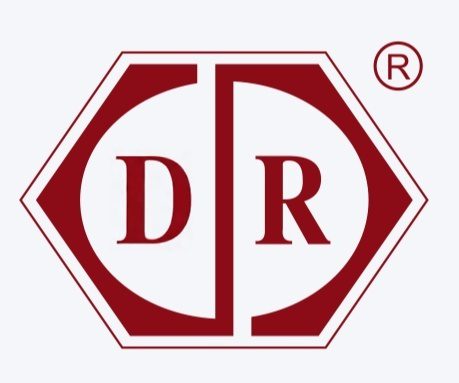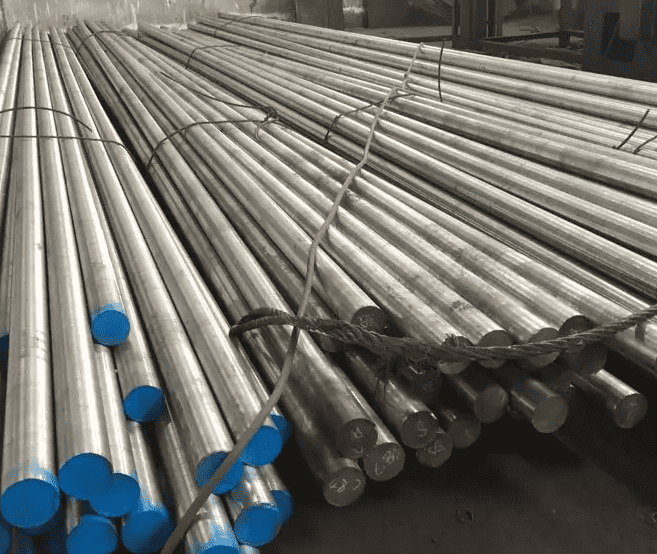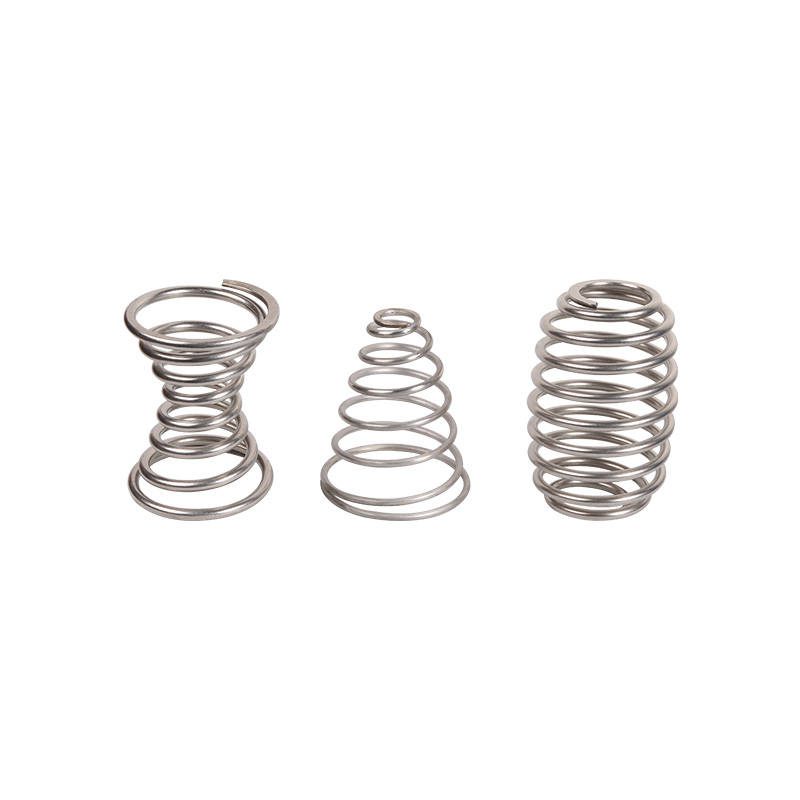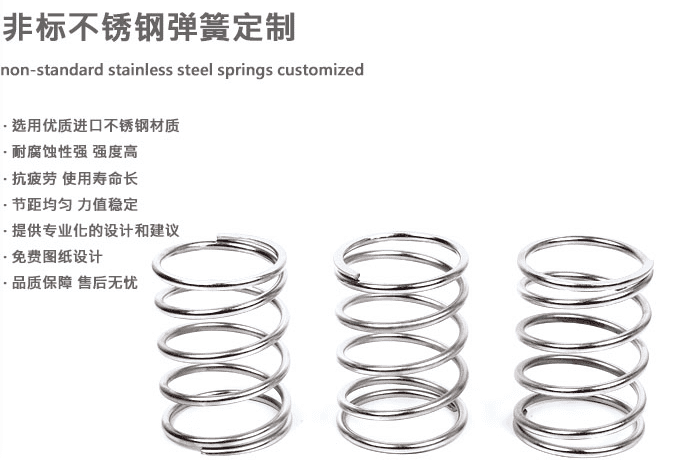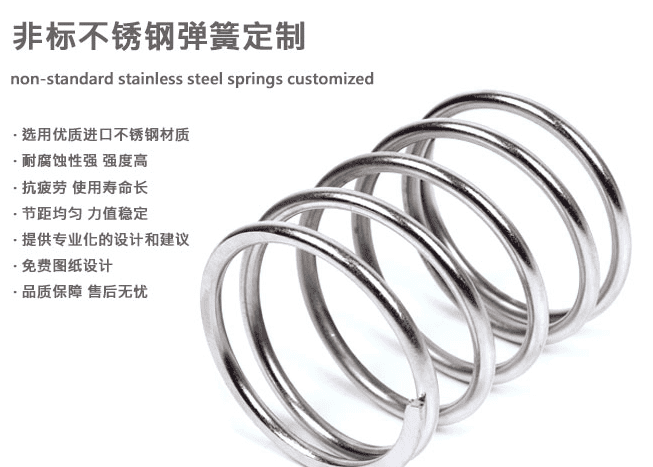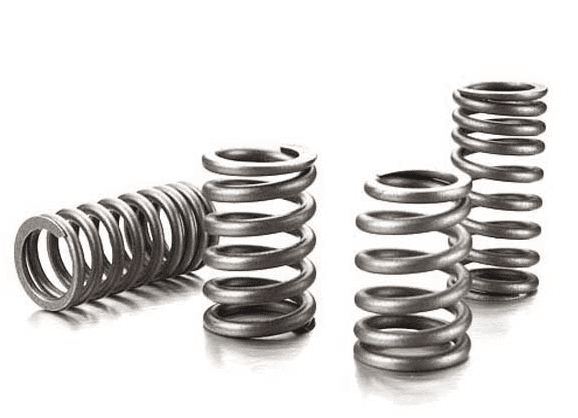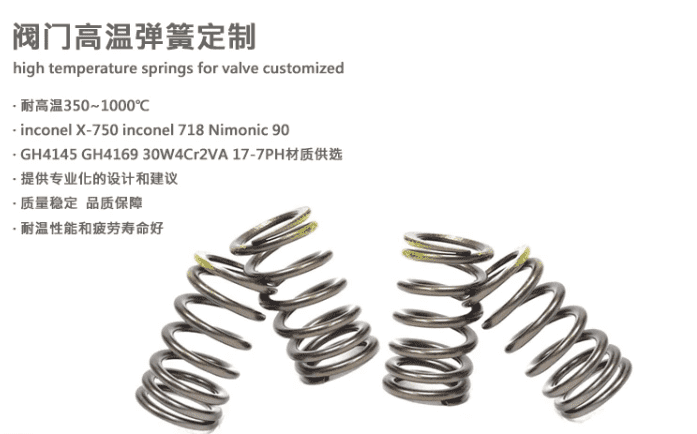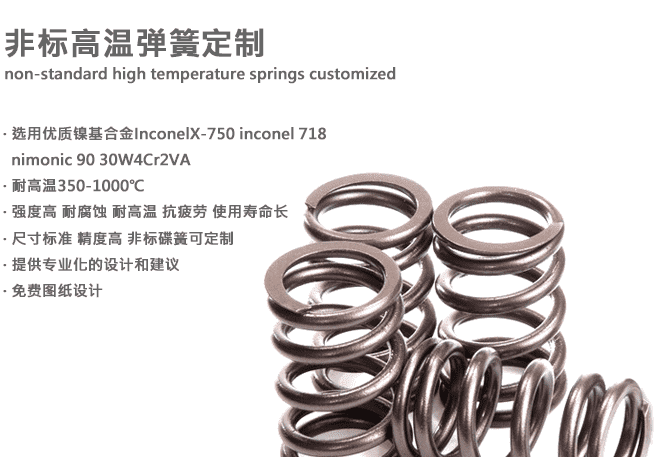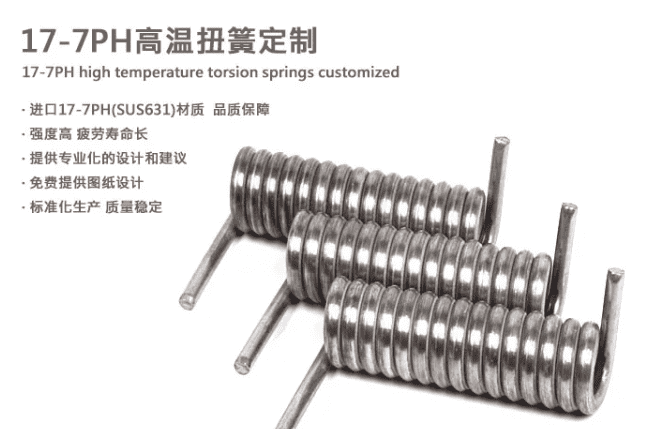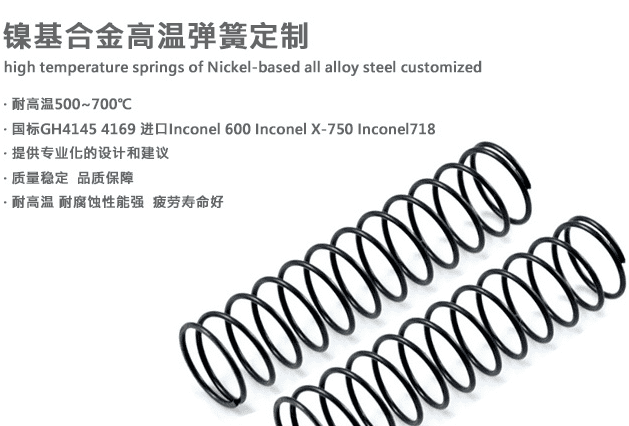347 stainless steel round bar is an austenitic stainless steel stabilized with niobium (Nb), offering excellent corrosion resistance and high-temperature stability.
Round bar AISI 347 Chemical Composition
- Carbon (C): ≤0.08%
- Chromium (Cr): 17.0–19.0%
- Nickel (Ni): 9.0–13.0%
- Niobium (Nb): 0.40–1.00%
- Manganese (Mn): ≤2.0%
- Silicon (Si): ≤1.0%
- Iron (Fe): Balance 12.
Stainless steel AISI347 bar Physical & Mechanical Properties
- Density: 7.96 g/cm³
- Melting Range: 1398–1446°C
- Tensile Strength: 515–860 MPa
- Yield Strength: ≥205 MPa
- Elongation: ≥40%
- Hardness: ≤95 HRB 12.
Machining Methods
347 stainless steel round bars are widely used in high-temperature and corrosive environments. Key machining considerations include:
- Hot Working
Recommended forging/upsetting temperature: 2100°F (1150°C).
Maintain uniform heating to avoid cracking during hot forming 34.
- Cold Working
High work-hardening rate requires intermediate annealing for severe cold-forming operations (e.g., spinning, deep drawing) 14.
- Cutting & Turning
Use rigid tools and positive feeds to minimize work hardening.
Optimize cutting parameters:
Low-to-medium speeds with consistent feed rates.
Carbide tools (e.g., tungsten carbide) recommended for durability 45.
- Heat Treatment
- Solution Annealing: Heat to 1900–2150°F (1038–1177°C), followed by rapid cooling to retain corrosion resistance 2.
Performance Highlights
Corrosion Resistance:
- Superior resistance to intergranular corrosion, especially in welded or high-temperature environments (up to 800°C). Nb stabilizes the structure, preventing chromium carbide formation 12.
High-Temperature Stability:
- Maintains mechanical strength and oxidation resistance in applications like boilers, heat exchangers, and chemical processing equipment 26.
Mechanical Durability:
- High tensile strength and elongation ensure reliability under cyclic thermal and mechanical loads 12.
Applications
- Petrochemical heat exchangers
- High-temperature steam piping
- Aerospace components
- Heavy-duty exhaust systems 24.
For further technical details or custom processing guidance, contact our engineering team
